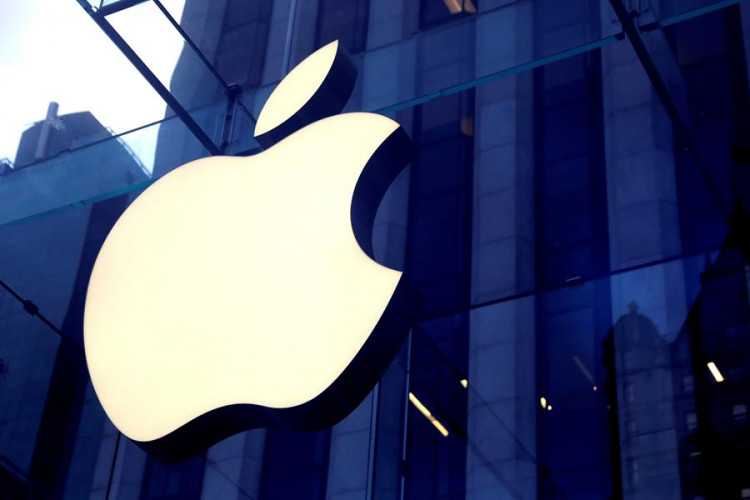At the WWDC conference happening in less than a week, Apple is set to launch its brand-new hardware platform after the iPhone, iPad, Mac, and Apple Watch -- a mixed reality headset that might be named Reality Pro.
This heavyweight product, filled with high hopes from Apple, is expected to bring the "iPhone moment" to the VR industry. What new technologies and hardware will it incorporate?
#Optics: 3P Pancake + Variable Zoom
Pancake is gradually becoming the mainstream optical solution, which Apple's MR headset is expected to feature. The development path of VR optics goes from "aspherical lens - Fresnel lens - Pancake". Compared with the Fresnel lens solution, the Pancake solution has clear advantages:
1. It is slim and light, with a multi-lens folding optical path design effectively reducing lens group thickness by more than 50%, and weight by over 30%;
2. It can improve edge imaging quality and reduce image distortion;
3. It supports refraction adjustment, generally supporting 0-700° of refraction adjustment.
The Pancake solution can also solve the VAC (vergence accommodation conflict) problem through dynamic zoom. Apple has been researching the variable zoom direction for many years and owns multiple dynamic zoom patents. From 2019 to 2022, Apple has continuously explored and improved a 3D dynamic zoom VR display technology based on retinal projection.
Apple's MR uses the 3P Pancake solution: a three-piece Pancake solution can achieve the currently largest 120° field of view in Pancake. It is OEM produced by Taiwan's optical manufacturers Yujingguang and Yangmingguang.
#Display: Leader Demonstration Effect, Expected to Promote Silicon-based OLED Scheme
The trend of display solution development: AMOLED-Fast LCD(Mini LED backlight)-Micro OLED. Early VR headsets mostly used ordinary LCDs, gradually replaced by OLED.
Around 2016, OLED technology was tried in VR devices and once became the preferred choice of VR device manufacturers. After 2018, the advent of Fast-LCD technology has gradually made LCD the mainstream choice.
Since 2022, the display solution has iterated further, industry leaders have started to use Fast LCD display panels with Mini LED backlight or Silicon-based OLED (OLEDoS) to improve display performance, like Apple's MR using Micro OLED display solution, Quest Pro using Fast LCD display panel with Mini LED backlight.
Apple's MR Micro OLED screen will be provided by Sony, and other manufacturers are also actively expanding Micro OLED production capacity. Samsung's Micro OLED production line is expected to mass-produce in 2024 and plans to expand further in 2025; LG is cooperating with Meta and Hailishi to develop Micro OLED panels, planned for Meta XR products; Kopin's two new domestic production lines will gradually start production from 2025.
#Interaction: Support Full-Color Passthrough and Eye Tracking
The interaction methods of VR/AR/MR need to be rebuilt. On the one hand, interaction methods are becoming more diverse, on the other hand, the interaction experience is closer to the natural experience. Apple is most likely to define a new generation of hardware VR/AR/MR interaction methods.
Apple's MR headset will track hand positioning through external cameras and read eye-related data through internal sensors. Users can select a button, application, or list item through eye interaction, and then activate a specific task by pinching the thumb and index finger together.
At present, mainstream passthrough solutions are video passthrough. Video passthrough is divided into black-and-white passthrough and full-color passthrough. In black-and-white passthrough, there is an obvious disconnection between digital content and the physical background, making it difficult to achieve the integration of real-world interaction.
Apple's MR supports full-color passthrough, capable of implementing both VR and AR modes. Apple's MR is equipped with two ultra-high-resolution displays developed in collaboration with Sony to handle VR mode, and a series of external cameras to implement AR's "direct mode".
#Chip: M2 Advantage Leads in Performance
Apple's MR is expected to feature a dual-chip design, consisting of an Image Signal Processor (code-named Bora) and a SoC chip (code-named Staten). The SoC chip is anticipated to be part of the M2 series.
The M2 series includes three versions: the basic M2, M2 Pro, and M2 Max. All are produced using TSMC's second-generation 5nm process, with the M2 Pro and M2 Max currently integrated into the MacBook Pro.
M2 Pro: This version includes a 12-core CPU, 19-core GPU, and 32GB of memory. It houses an impressive 40 billion transistors, improving CPU and GPU processing speeds by 20% and 30%, respectively, compared to the M1 Pro.
M2 Max: This version has even more powerful performance than the M2 Pro. It features a 12-core CPU, 38-core GPU, and 96GB of memory. It integrates an astounding 67 billion transistors. The memory bandwidth is twice that of the M2 Pro and four times that of the basic M2.





